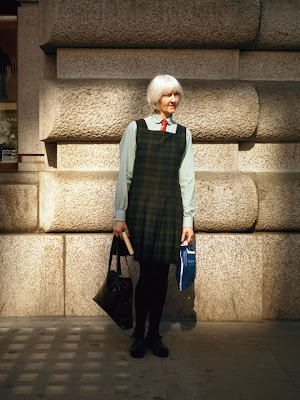





We learnt four different forms of low key lighting set ups and took shots of a model in these set ups. Me and Liz then stayed back and did extra work doing more shots in these set ups so we could improve our skill and gain more experience of studio work.
For these shoot we had the ISO set to 200, we took a light measurement with a light meter and it read F11 and the shutter speed set at 125.
The forth lighting set up we learnt was using a reflector and two lights, on to the left of the subject and one directly behind the subject head in order to get the haloed effect but with reflected light from the right hand side of the subject which we produced by using a sheet of sliver mirrored card in order to get a harder reflection, if we wanted to get a softer reflection we could have used a white material as the reflector. (see image below for my example of this set up.)

The second set up we learnt was with two lights, one to the left of the subject and one directly behind the subjects head, facing forward towards the photographer in order to gain a “halo” effect . (See image below for my example of this set up.)






I should be on the BTEC Art and Design Photography course because I’ve had a growing passion for photography for many years now, I’ve always love the idea of capturing a moment and making a last over a lifetime, and the fact that a single second could be the difference between a picture which is truly beautiful and a picture that is just ‘ok’. Whilst on the course I have learnt that there are more aspects to a photo then I first thought, I’ve learnt about F-stops and F-numbers, aperture and ISO, which I feel has made me grow as an aspiring photographer coupled with the other lessons, which have really made me open my eyes to things around me more, I see more interesting things happening and this shows in the pictures I take and they’ve improved greatly because of this. In the course so far I really enjoyed going out and doing “Architectural photography’, I also really enjoyed learning about how to create animations with images and painting with lights. I’ve enjoyed basically everything so far in the course even the art lessons which I wasn’t looking forward to doing because I’ve never being good at drawing I was happy to find out that the art and design we do it related to photography and I’ve found that it has helped me improve my photography skills. The things I haven’t enjoyed is when we go out in massive groups and I found it more difficult to take a good amount of photos that I was happy with they could have improved by spitting the groups up. I think I could improve by really thinking about the things I’ve learnt and trying my best to make it show in my work more.







